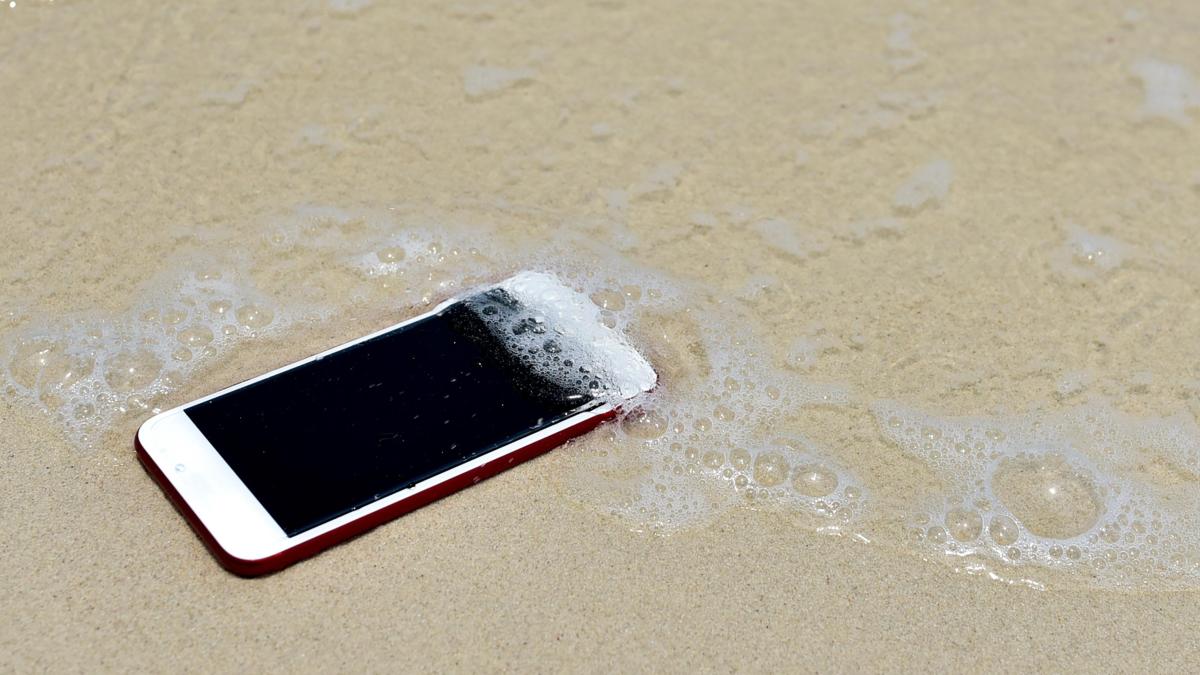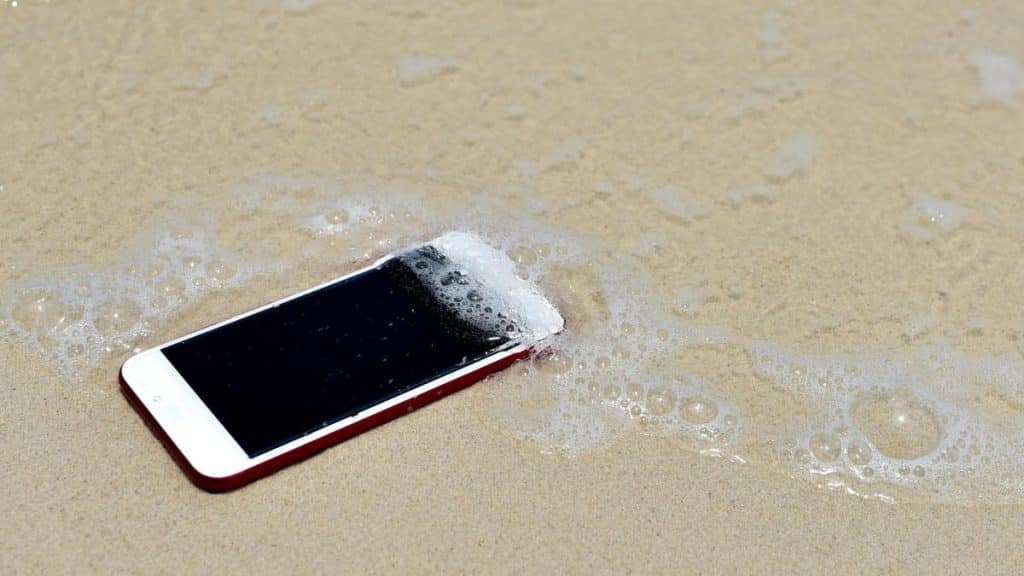
Our mobile phone has become our inseparable object, to the point that leaving home without it seems strange to us. With it we talk with family and friends, check an address, look for a restaurant, entertain ourselves with social networks, listen to music and take photos, among many other features.
Therefore, it is not surprising that it becomes an essential in our backpack to go to the pool, the beach, the river or any other bathing area to escape the heat this summer. Traditionally, water is seen as the enemy of electronic devices, damaging their operation and sometimes completely ruining it until it is useless. Who has not put a phone in rice with the hope of resurrecting it?
However, today smartphones have innovated a lot, to the point that many are waterproof. This is an interesting value, not only so that it is protected in the event of a mishap, but also because it offers us the possibility of capturing images or videos underwater with which to immortalize good moments and harvest ‘likes’ on social networks. Of course, not all mobile phones are waterproof nor are they to the same extent.
So you can know if your mobile is waterproof
Before taking a dip with your mobile in hand, you should check its IP classification, which stands for Ingress Protection. This data refers to the resistance of the terminal against the entry of solid objects, such as dust or grass; as well as liquids such as water.
You can check it on the website of the manufacturer of your mobile phone, as well as in its box or its instruction manual. You will see the IP data followed by two numbers, where the first refers to the level of resistance to solid objects and the second to the level of resistance to liquids. Below, you will find the phone’s resistance to water detailed according to the figure that appears in its IP index.
Indices of resistance to water of a mobile 0 IPX0: it is not resistant to water. 1 IPX1: is protected against spilled water. 2 IPX2: Protected against spilled water when tilted up to 15 degrees from its normal position. 3 IPX3: Protected against sprayed water. 4 IPX4: protected against splashing water. 5 IPX5: protected against water in pressure jets. 6 IPX6: protected against high pressure jets. 7 IPX7: you can submerge it to a depth of one meter for 30 minutes. 8 IPX8: You can submerge it to a certain depth, specified by the manufacturer (typically up to 3 meters) and for more than 30 minutes.
However, keep in mind that these indices are indicative and not always infallible. For example, if there is a high concentration of chemicals in the water such as chlorine, or salty sea water, they could damage your smartphone. When in doubt, it is best to get a specific case to protect your mobile phone if you submerge it in water regularly.
read also


